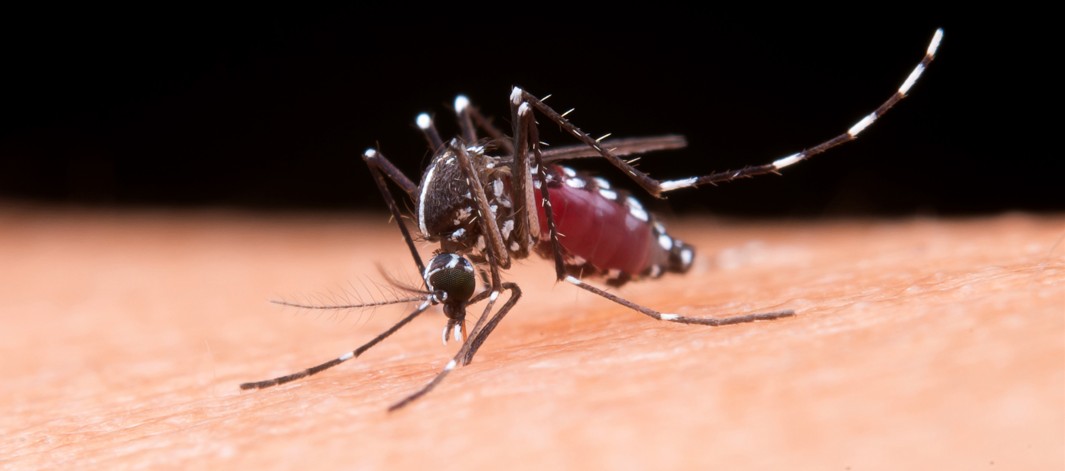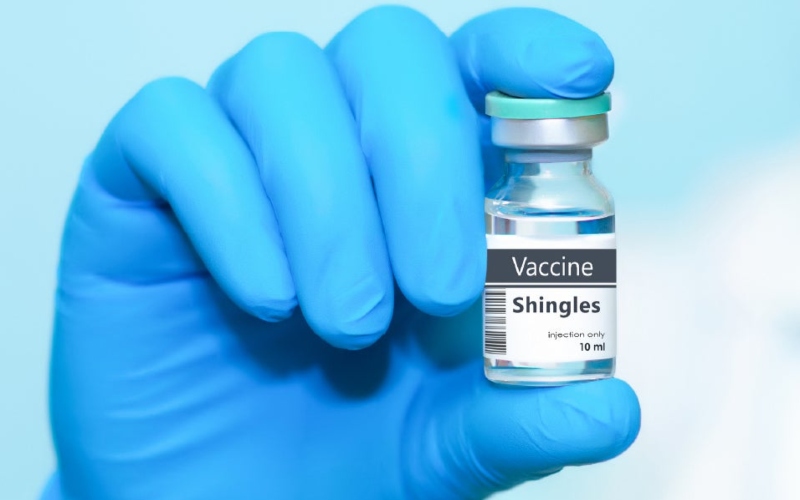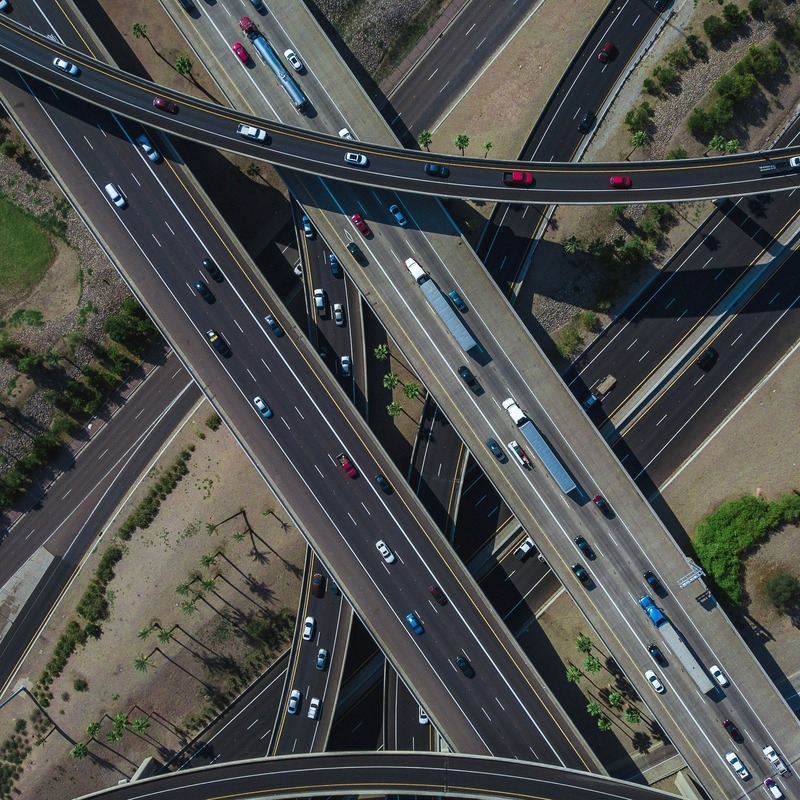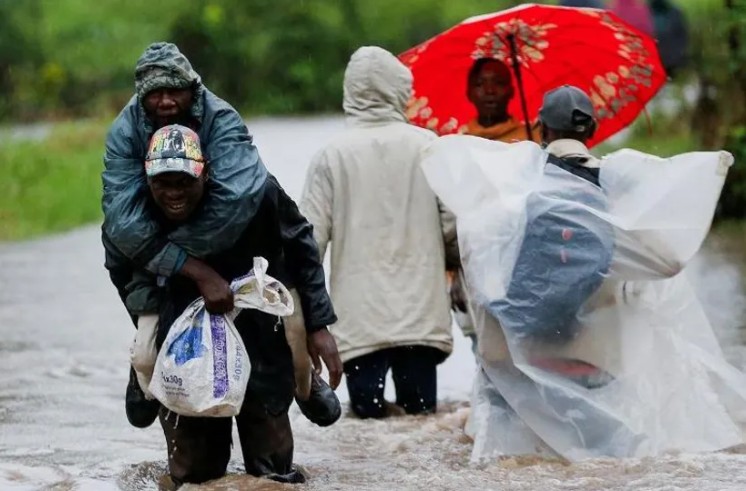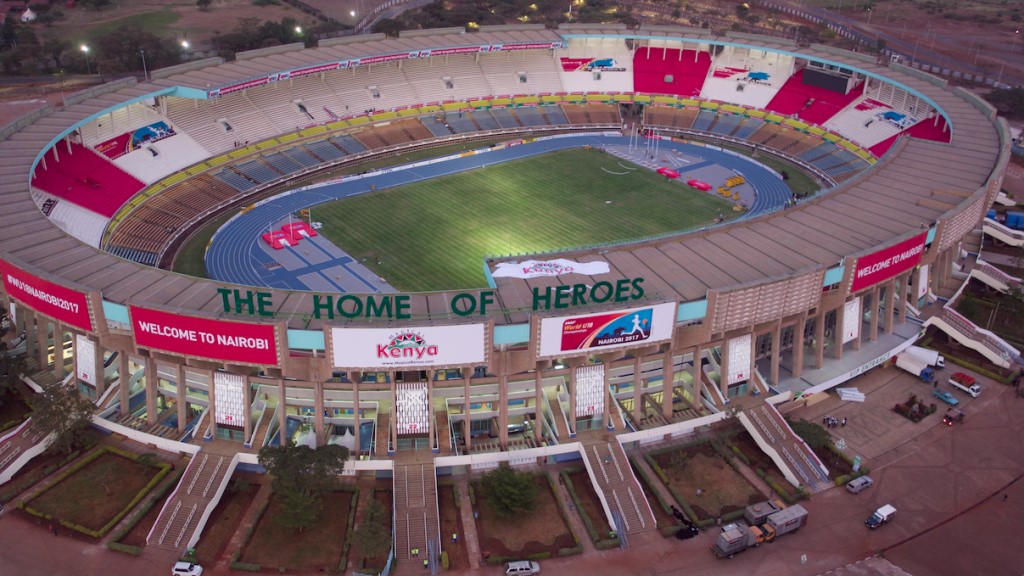Kerosene use drops significantly as government promotes clean energy alternatives

With the zero-rating of cooking gas in the Finance Act of 2023, LPG consumption surged by 15.05 per cent in 2024, further reducing reliance on kerosene.
Kerosene consumption in Kenya has dropped to a historic low of 37,120 tonnes in 2024, marking a significant shift as households opt for more sustainable energy sources like liquefied petroleum gas (LPG) and electricity.
This decline, detailed by the Kenya National Bureau of Statistics (KNBS), signals the success of government initiatives aimed at reducing the country’s reliance on kerosene.
More To Read
- COP30: Leaders endorse pledge to quadruple clean fuel use by 2035
- Africa’s energy mix brightens: Renewables, clean cooking access set to rise by 2035
- Senators grill EPRA over LPG safety, illegal refilling plants
- Government moves to protect farmers with 10-day payout rule for climate insurance
- Brazil: Guterres calls for ‘fair, fast and final’ shift to clean energy
- MPs reject plan to regulate cooking gas imports via open tender system
An analysis done by the Business Daily reveals that once a primary fuel source for cooking and lighting in both rural and urban areas, kerosene is now being replaced by cleaner alternatives.
The introduction of the Last Mile Connectivity Programme, which connects slums and rural areas to the national electricity grid, has played a significant role in this transformation. As more households access affordable electricity, the use of kerosene has decreased, particularly for lighting purposes.
The government’s efforts to make LPG more affordable have also contributed to the decline in kerosene use.
With the zero-rating of cooking gas in the Finance Act of 2023, LPG consumption surged by 15.05 per cent in 2024, further reducing reliance on kerosene.
“The move to zero-rate LPG has made it easier for households to switch to gas cooking,” said one energy expert, as quoted by the Business Daily.
Although this transition is largely positive, the introduction of an anti-adulteration levy on kerosene has sparked debate.
The levy, designed to curb the adulteration of diesel and petrol with kerosene, resulted in an increase in kerosene prices, further pushing Kenyans to seek alternative energy sources.
Critics have voiced concerns that this levy disproportionately affects low-income households that continue to depend on kerosene for their energy needs.
Despite these concerns, the shift toward cleaner energy alternatives continues to accelerate. Census data reveals a dramatic drop in the use of kerosene for lighting, from 68.9 cent of households in 2009 to just 6.9 per cent in 2019.
Solar energy
This trend is expected to continue as the government pushes for further adoption of solar energy and LPG, particularly in rural areas where access to electricity remains limited.
Solar-powered lanterns and off-grid solar systems are becoming increasingly popular, especially in areas that are not yet connected to the electricity grid.
The government has been actively promoting these technologies to help reduce the reliance on kerosene, which has been linked to harmful health effects, including respiratory illnesses caused by indoor air pollution.
As Kenya moves closer to its goal of a kerosene-free future, the shift towards cleaner, more affordable energy sources represents a significant milestone in the country's energy transition.
While challenges remain, the increased use of LPG, solar power and electricity signals a positive trajectory toward sustainable energy for all.
The dramatic decline in kerosene use, coupled with the rise of cleaner energy options, is a testament to Kenya's commitment to a greener future.
By incentivising LPG and solar energy adoption, the country is paving the way for a cleaner and more sustainable energy landscape.
Top Stories Today













